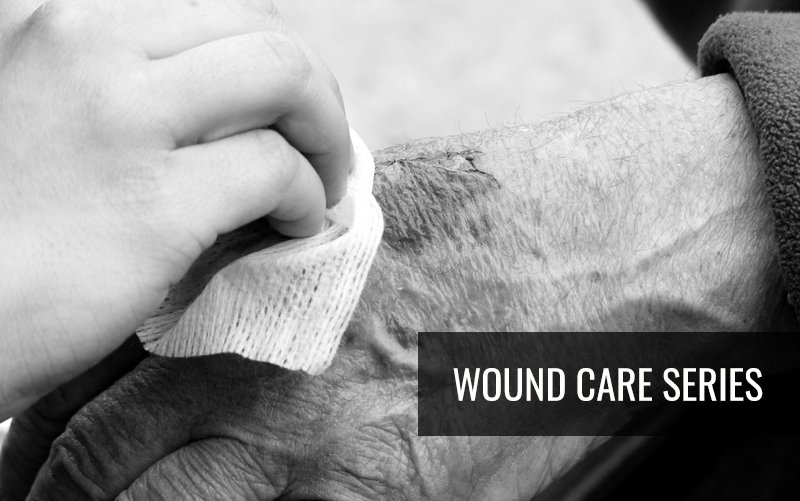Wound Care in Pediatric Patients
For the concluding installment in our wound care series, I spoke with Kalyani Marathe, MD, MPH. Dr. Marathe is a pediatric dermatologist practicing at Children’s National Medical center, and an assistant professor at the George Washington University School of Medicine and Health Sciences. Through her training and her years as a pediatric dermatologist, Dr. Marathe has developed an expertise when it comes to treating for pediatric patients with acute and chronic wounds. We spoke about her clinical approach, and how she uses wound dressings as a creative treatment for common and uncommon pediatric dermatologic disorders.
Dr. Angelo Landriscina: Hello Dr. Marathe, thank you so much for agreeing to speak with me today. Wound care is not a huge part of dermatology training or continuing education, and I think this keeps many dermatologists from ever developing an interest in the topic. How did you become interested in wound care and wound dressings?
Dr. Kalyani Marathe: I worked with an amazing nurse in my fellowship who was an expert on wound care. We saw a preponderance of children with epidermolysis bullosa, which is where the majority of my learning came from, but I also learned a lot about things like wet wraps for atopic dermatitis and dressings for ulcerated hemangiomas. When I started at Children’s National, I connected with our wound care team and I have continued to learn so much from the amazing providers on their team.
AL: Why do you think so many dermatologists find it difficult to treat wounds?
KM: There are so many different types of dressings out there, and the landscape is constantly changing. Luckily for our patients, new products are being developed all the time, and while that means there’s more out there to offer our them, it also means that we have more to keep up to date on. Add to that the limited exposure we get during our training, and it is no surprise that dermatologists find dressings enigmatic at best.
AL: It’s been shown that nearly half of residents, even those in their final year of training, do not feel comfortable caring for patients with wounds. What resources can you recommend for becoming more confident in wound care?
KM: The Wound Ostomy and Continence Nurses Society has a lot of great information: https://www.wocn.org/
Wound, Ostomy and Continence Nurses Society Core Curriculum: Wound Management, a textbook by Dorothy Doughty is also a great resource.
The Symposium of Advanced Wound Care also has a lot of great resources and put on multidisciplinary conferences for those that would like to learn more (http://www.sawc.net/).
AL: What is your general approach to patients with acute or chronic wounds?
KM: I think understanding what is causing the wound is the first question- lack of vascular supply, infection, autoimmune, or skin fragility would all be treated differently. Also, take into consideration of the amount and type of drainage and how often the dressing can be changed.
AL: You’re a pediatric dermatologist; What special considerations do you think we should be making for wound care in pediatric patients?
KM: Remembering that dressing changes can be very painful is crucial when taking care of children. For children with chronic wounds, using warm saline to soften the dressings when changing them can be helpful. Also, alternating days or extending the frequency between dressing changes can relieve some anxiety and reduce discomfort.
AL: I know that you use wound dressings in order to treat other conditions too. Can you tell me a little more about that?
KM: We also use dressings for conditions such as ulcerated hemangiomas which are often in the diaper area and require a waterproof dressing. Additionally, we use dressings to create “wet wraps” for severe atopic dermatitis or psoriasis by utilizing Vaseline gauze as the moist layer and dry rolled gauze over that. For dermatologists, knowing how to dress biopsy and surgical sites is also critical. I strongly believe in pressure dressings and make sure my trainees learn how to properly dress biopsy sites.

